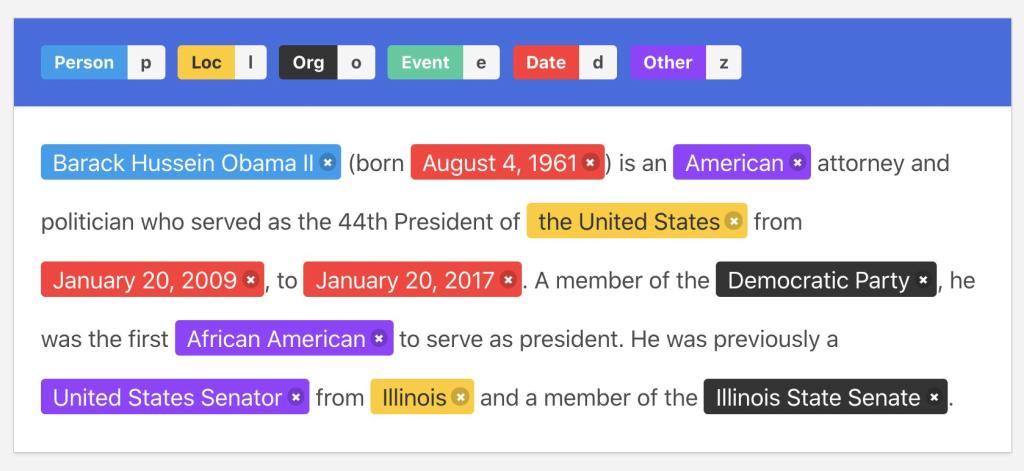John Doe is a web developer at Google.
What is NER?
NER stands for Named Entity Recognition. It is a subtask that involves identifying and classifying named entities in text into predefined categories such as the names of persons, organizations, locations, expressions of times, quantities, monetary values, percentages, etc.
Generative models like ChatGPT, GPT-3.5, GPT-4, LLaMA 3, Yi 34B, or Mixtral 8x7B, are very good at performing entity extraction.
NER is crucial for many NLP applications like question answering, text summarization, and machine translation, as it provides detailed information about the key elements of a text, enabling deeper understanding and processing. For instance, knowing that "Paris" refers to a location in a given text can significantly influence the interpretation of that text and the response generated by an NLP system.
Let's say you have the following sentence:
You would like to automatically detect that "John Doe" is a name, "web developer" is a job title, and "Google" is a company. And this is exactly what NER is going to do.
